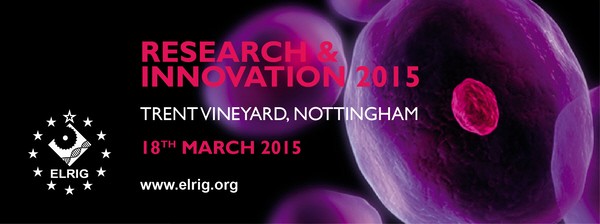Discussion
The introduction of plasmid DNA into cells with the aim to manipulate the protein expression is a widely used method in cell biology research. Several transfection methods are available, although all methods do not suit all cellular systems. Specifically, many primary cell types, such as neurons, have proven to be difficult to transfect with high efficiency and viability.
We have developed a protocol for in-situ electroporation of primary dorsal root ganglion (DRG) neurons from adult rats using the Cellaxess Elektra Discovery Platform. The Elektra platform utilizes a capillary electroporation concept that can be applied for gene transfer to primary cultures in 384-well plates. The focused electrical field delivered by the platform minimizes electrochemical toxicity and joule heating, compared to conventional cuvette-based electroporation methods. The platform has the capability to transfect neuronal cells, e.g. rat, mouse & IPS-derived human neurons, with excellent viability and retained morphology, and the method is well-suited for high content readouts.
Importantly, as the transfection procedure is performed directly in 384-well HCA compatible plates, the protocol is ideally suited for a screening workflow where additional manipulations, such as microscopy-based readouts or other follow-up assays, are easily accomplished without additional cell processing. With the Elektra platform, we were able to develop stable protocols for transfection of rat DRG neurons with a high degree of viability and a retained and healthy morphology. Using a CopGFP-plasmid a transfection efficiency of 40-60% was achieved and cultures could be transfected at different time points after plating in a straightforward manner.
In our lab, we use primary DRG neurons in culture as a cell model for chronic pain. These neurons retain their sensory functionality after transfection and remain responsive to thermal, mechanical and functional stimuli, and when supplemented with nerve growth factor (NGF), they can be used to mimic peripheral sensitization. Through the use of the transfection protocol described here, we now have the capability to knock in, and/or knock out, gene targets of interest in these cells to further refine and enhance the relevance of our disease models.

